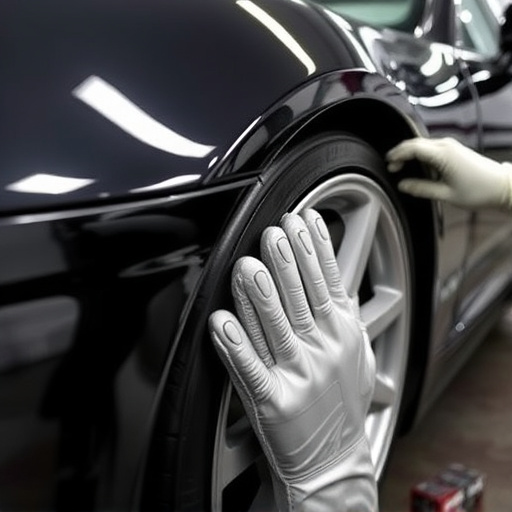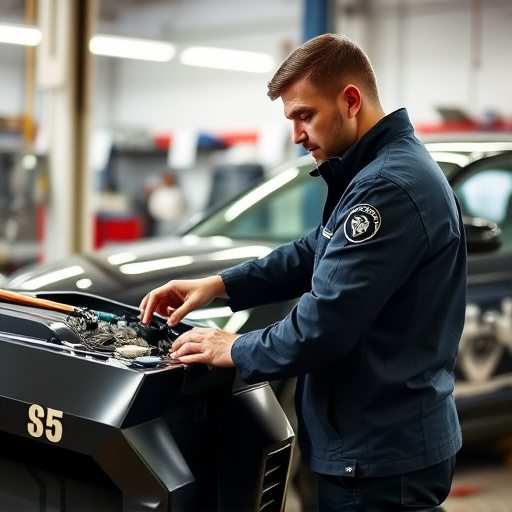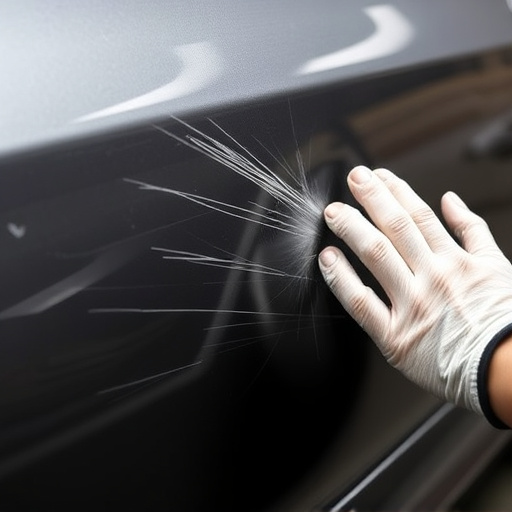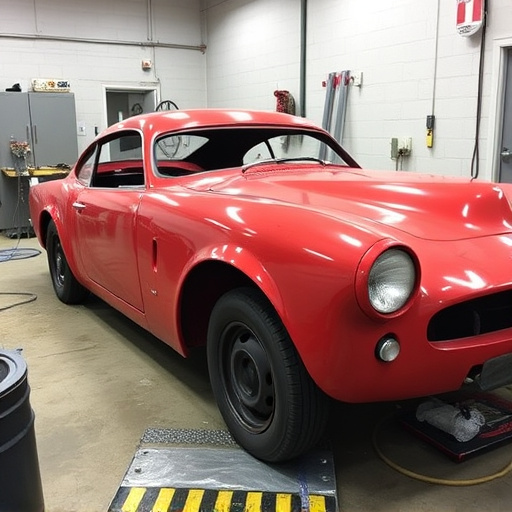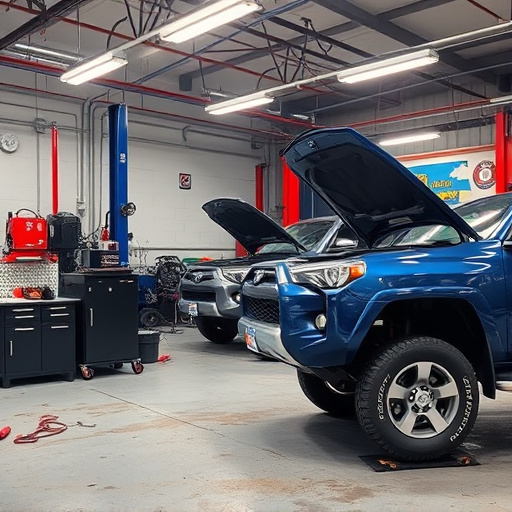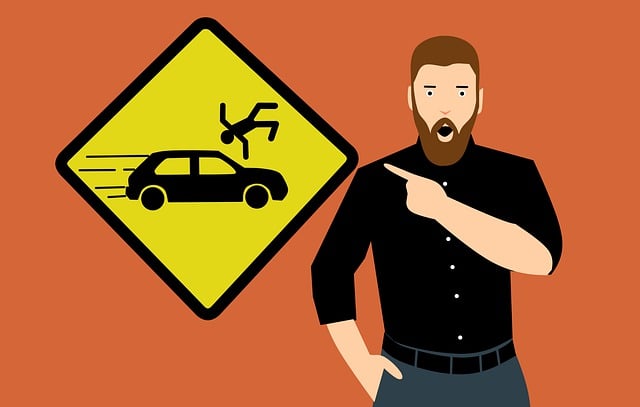Collision damage repair involves meticulous assessment and advanced techniques using specialized tools like CAD software and equipment for dent removal. Skilled technicians must stay updated with electronic safety systems standards to ensure compatibility and accurate identification of control units. The future of collision repair includes integrating complex digital components, focusing on both aesthetics and safety feature recalibration, driven by evolving vehicle technology and advanced driver-assistance systems (ADAS). Repair centers need to invest in specialized training and equipment for top-notch services in a rapidly changing automotive landscape.
Collision damage repair involves a complex process of assessing, fixing, and restoring vehicles to their pre-accident condition. As automotive technology advances, integrating electronic safety systems into these repairs has become essential for ensuring vehicle safety and performance. This article explores the intricacies of collision damage repair processes and delves into the challenges and solutions when merging these with modern electronic safety system integrations. We also gaze into future trends, highlighting the transformative impact on both repair practices and automotive technology.
- Understanding Collision Damage Repair Processes
- Integrating Electronic Safety Systems: Challenges and Solutions
- Future Trends in Combined Repair and Technology
Understanding Collision Damage Repair Processes
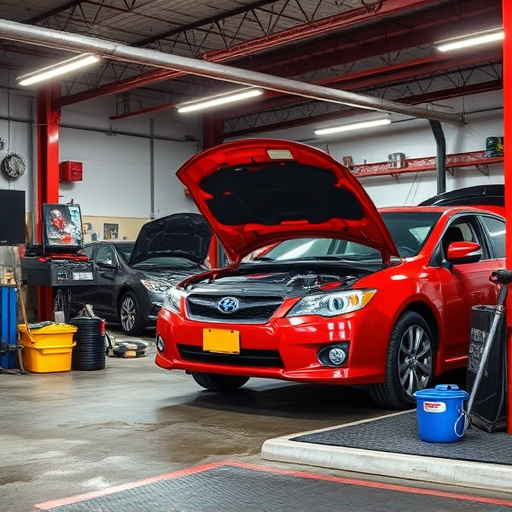
Collision damage repair is a complex process that involves several intricate steps to ensure vehicles return to their pre-accident condition. It begins with a thorough inspection to assess the extent of damage, which can range from minor scratches and dents to major structural issues. This initial evaluation guides the subsequent repairs, which often include tire services for replacements or adjustments, followed by meticulous scratch repair and vehicle paint repair where necessary.
Skilled technicians use advanced tools and techniques for each specific repair. For instance, computer-aided design (CAD) software assists in measuring and matching vehicle paint precisely. Similarly, specialized equipment is employed for dent removal, ensuring minimal paint damage. This integration of technology into collision damage repair processes not only expedites the turnaround time but also enhances accuracy, resulting in a more seamless restoration for owners.
Integrating Electronic Safety Systems: Challenges and Solutions
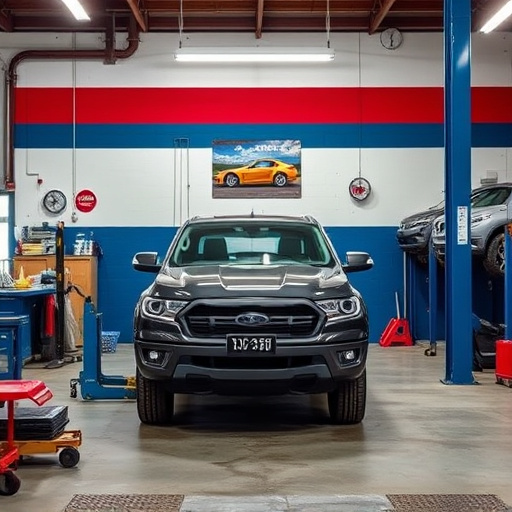
The integration of electronic safety systems into collision damage repair processes presents both challenges and opportunities for auto repair services. One of the primary hurdles is ensuring compatibility and seamless communication between the updated or replaced components and existing vehicle systems, especially in complex modern vehicles like Mercedes Benz collision repair models. Each car manufacturer has its unique control units, sensors, and diagnostic protocols, which can make the integration process intricate.
To overcome these challenges, skilled technicians must stay updated with the latest vehicle bodywork technology and have a deep understanding of electronic safety system standards. This involves utilizing specialized diagnostic tools to identify and communicate with various control units accurately. Furthermore, auto repair services should invest in comprehensive training programs for their staff to handle these complex integrations effectively, ensuring the safety and reliability of vehicles after collision damage repair.
Future Trends in Combined Repair and Technology
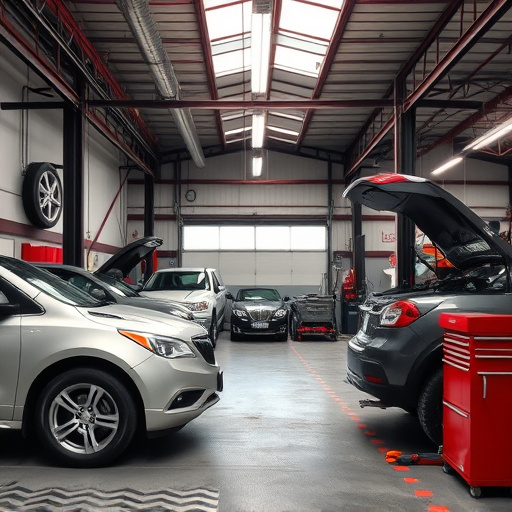
The future of collision damage repair is set to be transformed by the seamless integration of advanced electronic safety systems and innovative technology. As vehicles become increasingly equipped with sophisticated sensors, cameras, and connectivity features, the process of repairing both the physical and digital aspects of a vehicle after a collision will evolve. This trend towards holistic vehicle repair means that collision repair centers will need to adapt and invest in specialized training and equipment to handle these complex systems effectively.
Automotive repair professionals are already witnessing a shift towards more comprehensive restoration, where the focus extends beyond the traditional aesthetics and structural integrity to include recalibrating safety features like airbag deployment systems, collision avoidance sensors, and advanced driver-assistance systems (ADAS). This integration of technology into collision damage repair promises not only improved vehicle performance but also enhanced safety standards on the road. As the industry continues to advance, staying at the forefront of these trends will be crucial for collision repair centers to offer top-notch services in a rapidly changing automotive landscape.
Collision damage repair has evolved significantly, integrating electronic safety systems that enhance vehicle performance and safety. As technology advances, future trends promise even more seamless repairs, combining innovative solutions with sustainable practices. Understanding these processes and embracing the challenges of integration are key to staying ahead in the automotive industry, ensuring safer and more efficient collision damage repair.
